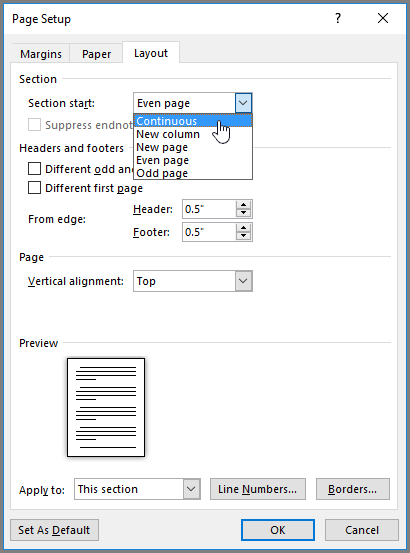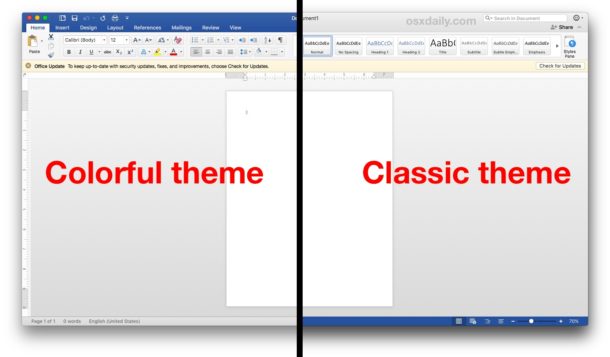

Use a mobile device management (MDM) solution
#How to delete microsoft office layout options windows 10
For more information, see Use provisioning packages to customize Windows 10 Start and taskbar. Using a provisioning package, you can customize the Start and taskbar.

For more information on what provisioning packages are, and what they do, see Provisioning packages. They're designed to configure a device quickly, without installing a new image. Provisioning packages are containers that include a set of configuration settings. Start menu policy settings (in this article) lists the policies you can configure.įor more information, see Use group policy to customize Windows 10 Start and taskbar. Using administrative templates, you configure settings in a policy, and then deploy this policy to your devices. Using group policy objects (GPO), you can manage different parts of the Start menu and taskbar. When the devices receive your policy, they'll use the taskbar settings you configured in the XML file.įor more information, see Configure Windows 10 taskbar. Using these methods, you can deploy the XML file to your devices. When you have the XML file, add this file to a group policy or a provisioning package. When the devices receive your policy, they'll use the layout configured in the XML file.įor more information, see Customize and export Start layout.įor the taskbar, you can use the same XML file as the start screen. When you have the XML file, add this file to a group policy, a Windows Configuration Designer provisioning package, or a mobile device management (MDM) policy. On an existing Windows device, you can set up the Start screen, and then export the layout to an XML file. For more information Customize the Default User Profile by Using CopyProfile Use XML Using CopyProfile for Start menu customization in Windows 10 isn't supported. For information on using the layout modification XML to configure Start with roaming user profiles, see Deploy Roaming User Profiles.


 0 kommentar(er)
0 kommentar(er)
